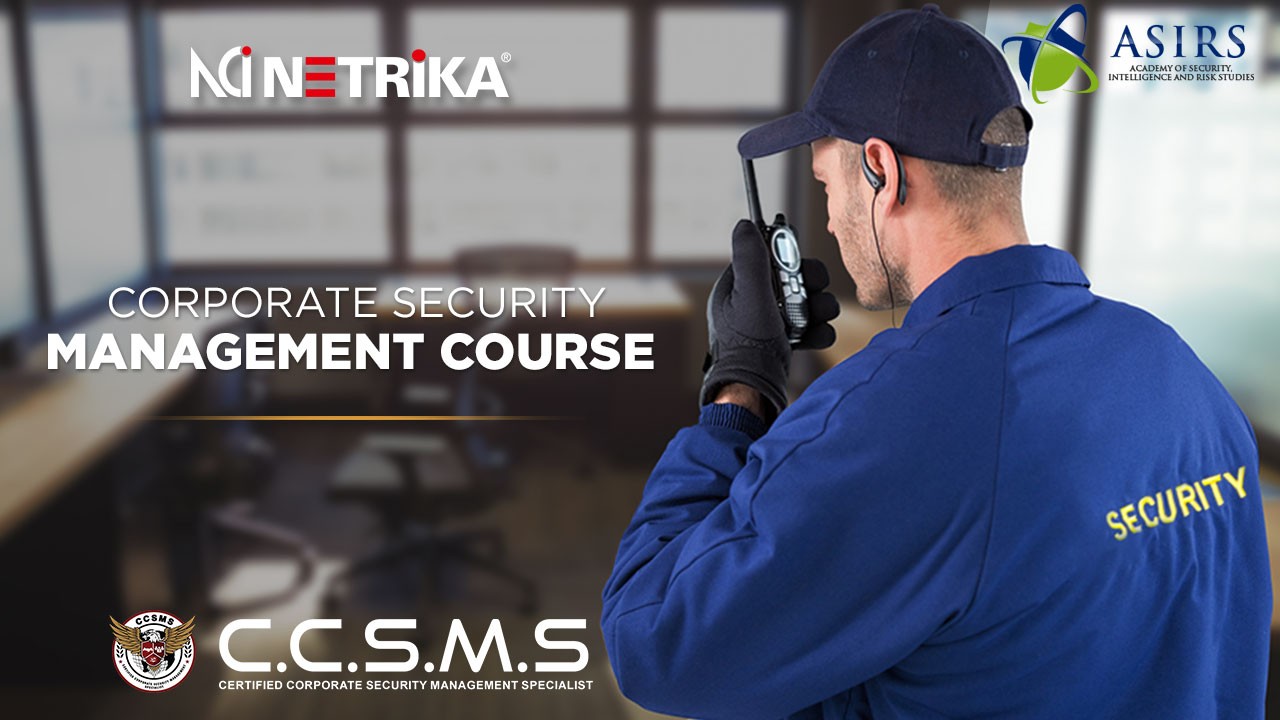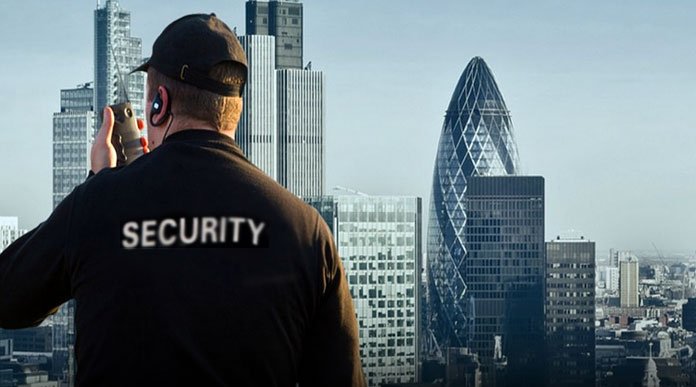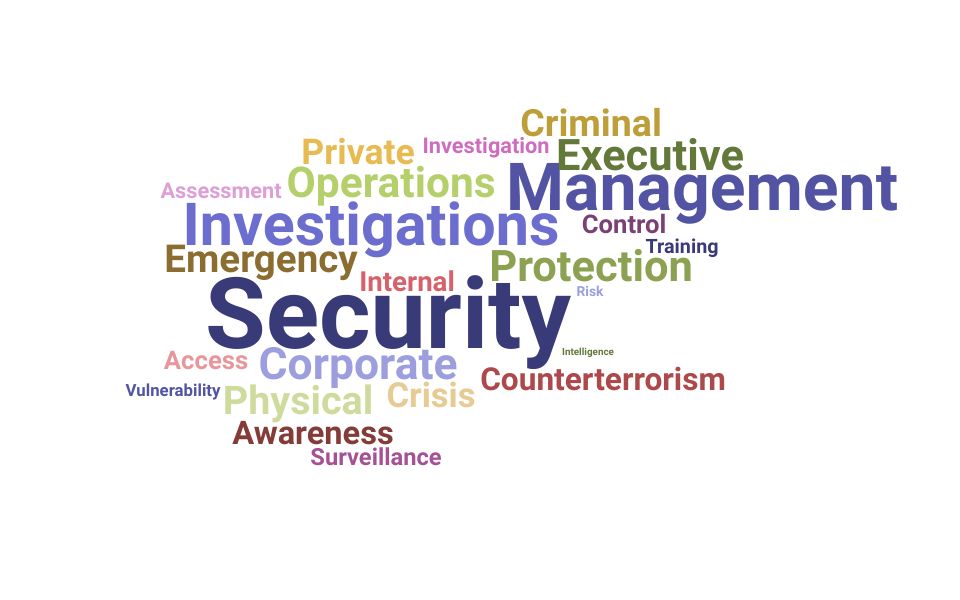Securing Success: A Deep Dive into Corporate Security Techniques
Securing Success: A Deep Dive into Corporate Security Techniques
Blog Article
From Cybersecurity to Physical Steps: Enhancing Business Safety And Security in an Altering Globe
In today's swiftly developing electronic landscape, the value of business protection can not be overstated. As cyber dangers become increasingly innovative and prevalent, companies should surpass traditional cybersecurity actions to protect their properties and operations - corporate security. This is where the assimilation of physical protection steps comes to be crucial. By incorporating the toughness of both cybersecurity and physical safety and security, business can produce a detailed protection technique that deals with the varied series of hazards they deal with. In this discussion, we will discover the transforming risk landscape, the requirement to integrate cybersecurity and physical protection, the execution of multi-factor authentication actions, the importance of staff member understanding and training, and the adaptation of safety procedures for remote labor forces. By checking out these crucial areas, we will certainly get valuable understandings right into exactly how organizations can strengthen their corporate protection in an ever-changing world.
Comprehending the Changing Risk Landscape
The advancing nature of the contemporary globe demands a thorough understanding of the transforming danger landscape for reliable company safety and security. It is crucial for organizations to remain educated and adapt their safety and security gauges to deal with these advancing dangers.
One trick facet of understanding the altering risk landscape is acknowledging the various kinds of risks that organizations deal with. Cybercriminals are frequently establishing new techniques to exploit susceptabilities in computer systems and networks. These threats can range from malware and ransomware assaults to phishing scams and social engineering methods. Additionally, physical risks such as theft, vandalism, and business reconnaissance continue to be widespread concerns for businesses.
Monitoring and evaluating the risk landscape is important in order to identify prospective threats and susceptabilities. This includes remaining updated on the most up to date cybersecurity trends, analyzing hazard intelligence reports, and conducting routine danger evaluations. By comprehending the changing threat landscape, companies can proactively apply suitable safety and security procedures to reduce risks and safeguard their assets, credibility, and stakeholders.
Integrating Cybersecurity and Physical Safety And Security
Integrating cybersecurity and physical safety is critical for comprehensive business defense in today's interconnected and digital landscape. As organizations increasingly depend on technology and interconnected systems, the boundaries between physical and cyber dangers are coming to be obscured. To successfully safeguard versus these dangers, a holistic method that integrates both cybersecurity and physical safety and security steps is important.
Cybersecurity concentrates on shielding electronic properties, such as systems, networks, and data, from unauthorized gain access to, disturbance, and burglary. Physical safety and security, on the various other hand, encompasses procedures to protect physical possessions, people, and centers from threats and susceptabilities. By incorporating these two domain names, companies can deal with susceptabilities and dangers from both electronic and physical angles, consequently improving their overall safety stance.
The combination of these two techniques permits for an extra thorough understanding of safety and security dangers and makes it possible for a unified action to occurrences. Physical gain access to controls can be enhanced by incorporating them with cybersecurity protocols, such as two-factor verification or biometric recognition. Similarly, cybersecurity procedures can be complemented by physical safety and security procedures, such as monitoring video cameras, alarms, and safe access points.

Applying Multi-Factor Authentication Measures
As organizations progressively focus on comprehensive safety measures, one reliable approach is the execution of multi-factor verification procedures. Multi-factor verification (MFA) is a safety approach that calls for customers to supply multiple forms of identification to access a system or application. This method adds an added layer of security by combining something the customer recognizes, such as a password, with something they have, like a fingerprint or a protection token.
By carrying out MFA, companies can significantly improve their protection posture - corporate security. Standard password-based authentication has its restrictions, as passwords can be easily endangered or forgotten. MFA alleviates these risks by adding an additional authentication factor, making it harder for unauthorized people to get to sensitive details
There are several sorts of multi-factor verification approaches offered, including biometric authentication, SMS-based verification codes, and hardware tokens. Organizations need to assess their particular demands and choose one of have a peek here the most appropriate MFA solution for their needs.
Nevertheless, the execution of MFA ought to be meticulously intended and executed. It is vital to strike a balance between protection and functionality to avoid individual frustration and resistance. Organizations should likewise consider prospective compatibility issues and provide appropriate training and assistance to make sure a smooth change.
Enhancing Staff Member Awareness and Training
To reinforce business safety and security, organizations should prioritize boosting worker understanding and training. In today's rapidly evolving threat landscape, employees play a vital role in safeguarding an organization's sensitive information and assets. However, lots of security breaches happen because of human error or absence of recognition. For that reason, organizations need to spend in detailed training programs to inform their staff members about potential threats and the most effective techniques for mitigating them.
Efficient worker recognition and training programs need to cover a vast array of topics, consisting of information protection, phishing attacks, social design, password hygiene, and physical safety procedures. These programs must be tailored to the specific demands and responsibilities of different worker roles within the company. Regular training sessions, simulations, and workshops can help staff members create Look At This the needed abilities and understanding to respond and determine to safety and security threats effectively.
Additionally, organizations need to urge a society of protection awareness and supply ongoing updates and pointers to keep staff members notified regarding the most recent hazards and reduction strategies. This can be done through internal interaction channels, such as newsletters, intranet websites, and e-mail campaigns. By promoting a security-conscious workforce, companies can dramatically minimize the probability of safety and security incidents and shield their beneficial possessions from unapproved gain access to or concession.

Adapting Safety And Security Steps for Remote Labor Force
Adjusting corporate safety procedures to fit a remote labor force is necessary in making certain the security of delicate info and assets (corporate security). With the raising pattern of remote job, organizations have to implement proper protection procedures to mitigate the risks linked with this new method of working
One crucial element of adapting security measures for remote work is developing safe and secure communication channels. Encrypted messaging systems and virtual private networks (VPNs) can assist safeguard sensitive info and stop unapproved access. Additionally, companies must impose making use of strong passwords and multi-factor authentication to boost the safety of remote access.
An additional vital factor to consider is the execution of safe and secure remote accessibility services. This includes providing workers with secure accessibility to business sources and information through virtual desktop infrastructure (VDI), remote desktop methods (RDP), or cloud-based options. These modern technologies make sure that sensitive info remains protected while allowing employees to execute their roles properly.

Finally, thorough safety understanding training is important for remote workers. Educating sessions must cover finest practices for safely accessing and managing delicate info, recognizing and reporting phishing efforts, and keeping the total cybersecurity hygiene.
Verdict
In conclusion, as the hazard landscape continues to evolve, it is crucial for organizations to strengthen their safety and security measures both in the cyber and physical domain names. Integrating cybersecurity and physical safety and security, applying multi-factor authentication steps, and enhancing worker understanding and training are important actions towards achieving robust corporate protection.
In this discussion, we will certainly explore the transforming hazard landscape, the requirement to integrate cybersecurity and physical safety and security, the application of multi-factor authentication actions, the importance of worker recognition and training, and the adaptation of safety procedures for remote labor forces. Cybersecurity procedures can be matched by physical safety and security steps, such as surveillance video cameras, alarm systems, and protected gain access to factors.
As organizations significantly prioritize comprehensive protection actions, one effective technique is the implementation of multi-factor verification measures.In conclusion, as the hazard landscape continues to advance, it is vital for organizations to strengthen their security gauges both in the cyber and physical domains. Incorporating cybersecurity and physical protection, applying multi-factor verification steps, and improving employee understanding and training are crucial steps towards attaining durable business protection.
Report this page